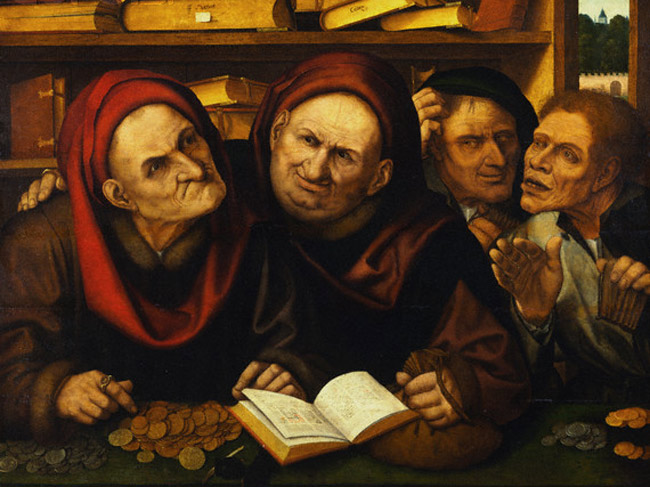History of economic crises. Part 5. The economic collapse of revolutionary France

We return to our series on economic crises. Today, we will focus on the topic of the French Revolution and its economic side.
Previous articles in the series: https://cyfrowaekonomia.pl/historia-kryzysow/
New power, new money
Although the revolution in France in 1789 dethroned the king, it did not lift the country out of the economic crisis. As usual, it was even worse. However, step by step…
The assignats, which served as currency in France, were replaced with new banknotes. These had some value because they were secured by property confiscated from the possessing class, mainly real estate. This created trust among the citizens in the new currency.
The problem was that the new authorities did not reform the country’s finances; instead, they further burdened it with debt. The reason? Not only economic incompetence but also the fear of the “work” they had created themselves – the revolution and the rebellious people of Paris. They knew that any reforms would entail “sweat and tears,” and the French had already shown what happens to those who neglect the people.
Money was necessary to sustain the country. Neighboring states were afraid that social uprisings would spread to their territories, and they saw it as the perfect time to weaken the recent power. Thus, war broke out. As a result, France had to finance its armies. However, the administration performed so poorly that it couldn’t even collect taxes anymore. Introducing new levies (in the form of “loans to the government”) yielded nothing because the French did not want to pay them. The country was heading towards collapse.
Hyperinflation
The authorities eventually made the worst possible decision. They started printing currency recklessly. For example, while a pound of meat cost 6 sou during the monarchy, it had risen to 20 sou in 1793.
The authorities tried to salvage the situation by introducing price ceilings and penalties for speculators. The result? As always, goods disappeared from the shelves because traders did not want to sell them at too low prices. The black market flourished.
By 1795, the currency was practically worth only 10 percent of its printed value. A year later, it was only 1 percent. The government then declared that anyone who refused to accept the official currency would be sentenced to death by guillotine. Unfortunately, even that did not help.
The finale was truly revolutionary. In February 1796, a mob in Paris destroyed the printing machines for banknotes. In 1797, it was announced that the revolutionary banknotes were invalid.
France began to emerge from the crisis only when Napoleon came to power.
To be continued.



![How Bitcoin Becomes a Lifeline for Victims of Repression and Financial Exclusion – Explains Lyudmyla Kozlovska [INTERVIEW]](https://webeconomy.info/wp-content/uploads/2023/10/Ludmila-Kozlowska-1000x500.jpg)


